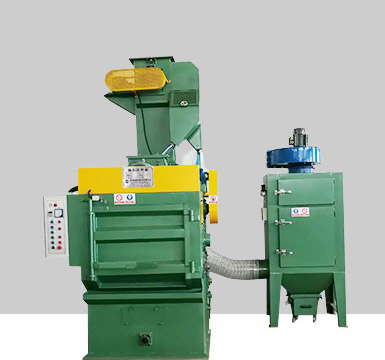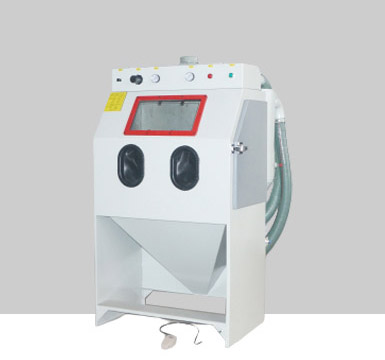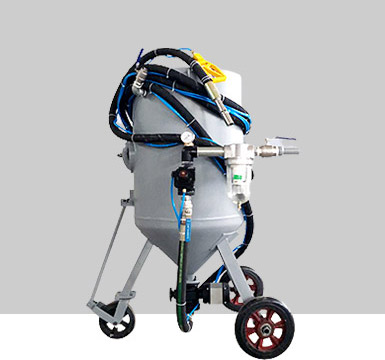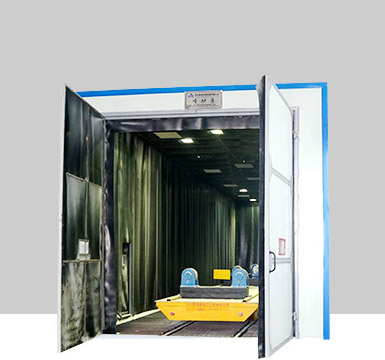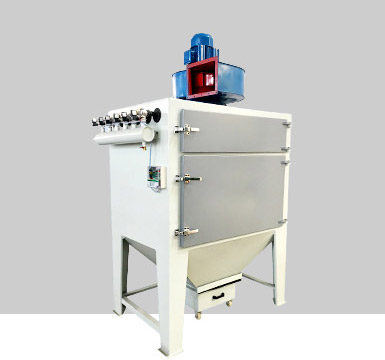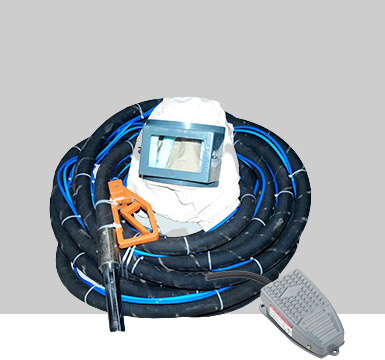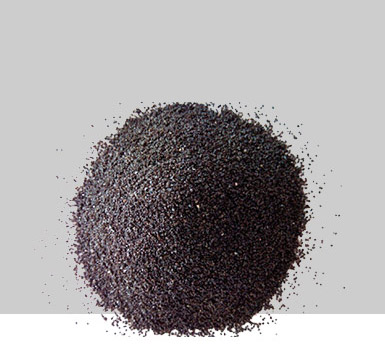What is a wet blast cabinet?
Purpose and Applications: Wet blast cabinets are primarily used for cleaning and preparing surfaces in industries such as automotive, aerospace, marine, and manufacturing. They are particularly effective in removing rust, paint, and other contaminants from metal surfaces. Additionally, they can be used for deburring, descaling, and smoothing rough surfaces.
How It Works: The core principle of a wet blast cabinet is the use of a high-pressure stream of water mixed with abrasive particles. The abrasive media can include materials like glass beads, steel grit, or plastic pellets. The water softens the surface contaminants, making them easier to remove, while the abrasive particles physically scour the surface.

Components: A typical wet blast cabinet consists of several key components:
Cabinet Body: The main structure that houses the blasting process. It is typically made of steel or other durable materials to withstand the abrasive action.
Abrasives Hopper: A container where the abrasive media is stored before being fed into the blast stream.
Blast Gun: A handheld device that directs the abrasive and water mixture onto the surface being treated. It is connected to the cabinet via a hose.
Water Pump: A pump that supplies water to the system at high pressure.
Filter System: A system that filters the water and abrasives after the blasting process, allowing for the reuse of both the water and the abrasives.
Control Panel: A set of controls that allow the operator to adjust the pressure, flow rate, and other parameters of the blasting process.

Advantages: Wet blasting offers several benefits over dry blasting techniques:
Reduced Dust and Fumes: The use of water helps to suppress dust and fumes, making the process safer and more environmentally friendly.
Less Abrasive Wear: The water softens the surface, reducing the amount of abrasive needed and prolonging the life of the abrasive media.
Improved Surface Finish: The wet process can result in a smoother and more uniform surface finish compared to dry blasting.
Versatility: Wet blast cabinets can handle a wide range of materials and surface conditions, making them highly adaptable.

Safety Considerations: Despite the benefits, wet blasting also requires careful handling due to the high pressure and the potential for flying debris. Operators must wear appropriate protective gear, such as safety glasses, gloves, and possibly full-body suits, to protect against injury.
Environmental Impact: While wet blasting reduces dust and fumes, the process still generates wastewater that needs to be managed properly. The filter system in the cabinet helps to minimize the environmental impact by recycling water and reducing the amount of waste generated.
Maintenance: Regular maintenance is crucial for the longevity and effectiveness of a wet blast cabinet. This includes cleaning the filter system, replacing worn parts, and ensuring that the water and abrasives are properly mixed and circulated.
